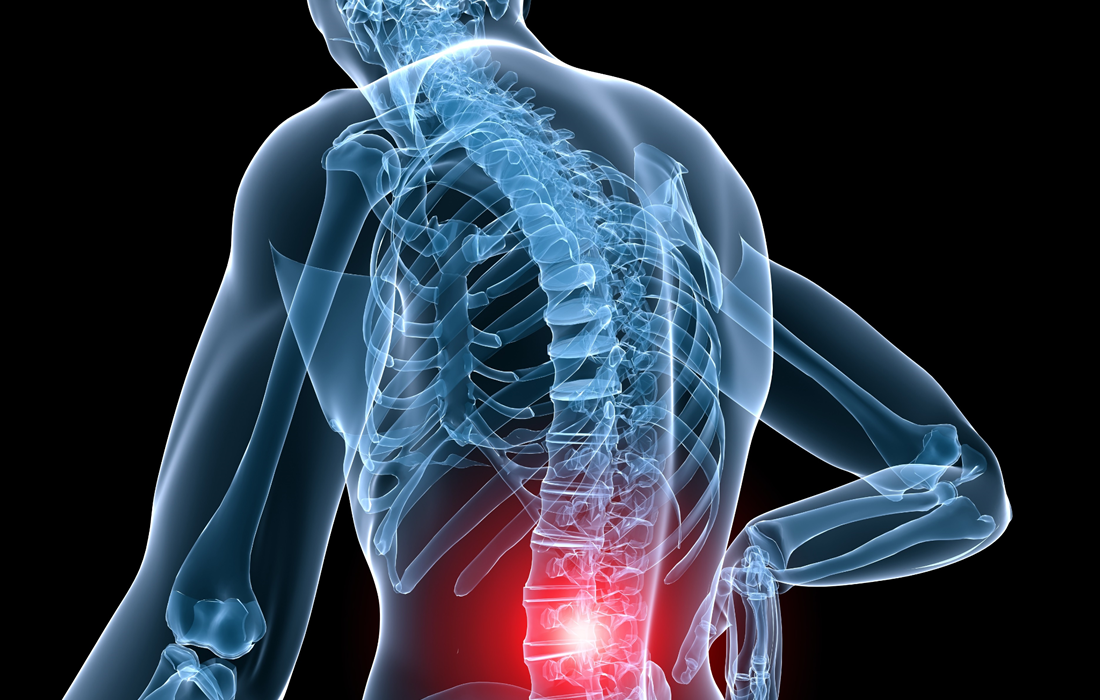Stem Cell Therapy for Specific Conditions
Stem Cell Therapy for Degenerative Disc Disease
Low back pain is one of the most prevalent pathologies in the developed world. It accounts for 149 million lost workdays annually in the US and is the second most common reason for sick leave, just behind the common cold.
Chronic low back pain is one of the most prevalent conditions causing patients to seek medical attention and miss workdays.
Back pain can range in intensity from a dull, constant ache to a sudden, sharp, or shooting pain. It can begin suddenly due to an accident or by lifting something heavy, or it can develop over time as we age. Getting too little exercise followed by a strenuous workout also can cause back pain.
Chronic back pain is defined as pain that continues for 12 weeks or longer, even after an initial injury or underlying cause of acute low back pain has been treated. About 20%of people affected by acute low back pain develop chronic low back pain with persistent symptoms at one year.
Diagnostic studies have demonstrated that the most common sources of low back pain include de intervertebral discs, the facet, and the sacroiliac joints.
We know that disc degeneration begins in the early teenage years. Mechanical overloading of the Intervertebral disc results in a decrease in height, loss of his typical gel-like character and leads to a loss of distinction between the Nucleus pulposus and the Annulus fibrosus.
The current treatments available for Degenerative Disc Disease are either conservative (nonsurgical), including analgesics, rehabilitation, and lifestyle changes, or surgical like spinal fusion or arthroplasty. None of these addresses the underlying process of Intervertebral Disc Degeneration, and for many patients, none of them are effective in treating low back pain.
A new approach that continues to be studied is the use of Mesenchymal Stem Cells (MSCs). They are undifferentiated cells found in several adult tissues. They can be obtained in different ways like from the umbilical cord, amniotic fluid, bone marrow, and fat tissue. Several studies have demonstrated the ability of these cells to survive and differentiate towards disc cells and produce the necessary components of the typical structure of the Disc.
A study performed by Noriega et al. in 2017 reported that patients treated with mesenchymal stem cells displayed a quick and significant improvement in both lumbar pain and disability index in a 3, 6, and 12 months follow up, with a 28% improvement in all patients and 40% of patients with a perfect result.
How is the therapy performed at Zignagenix?
At our clinic, we offer stem cell therapies using umbilical cord-derived mesenchymal stem cells. The procedure is performed by an anesthesiologist with years of training and experience.
We combine Mesenchymal stem cells with Platelet-rich Plasma (PRP) to potentialize the anti-inflammatory and regenerative capacities of the therapy. PRP contains a variety of anti-inflammatory cytokines and growth factors.
After both the MSCs and PRP are prepared and placed on a syringe, the anesthesiologist will clean the area that will be injected and posteriorly numb it with lidocaine.
Stem cells and PRP are injected into the epidural space (epidural injection) and facet joints (commonly affected joints in degenerative disc disease) at different levels depending on the patient’s condition.
Most patients can walk around immediately after the procedure. After being monitored for a short time, you can leave the facilities after the process is done. Typically patients resume total activity the next day. Soreness around the injection site, which is rare, maybe relieved by using ice and taking a mild analgesic.
Source:
Doniel Drazin, Jack Rosner, Pablo Avalos, Frank Acosta. 2012. Stem Cell Therapy for Degenerative Disc Disease. Hindawi Publishing Corporation. Volume 2012. 8 pages.
Jaya Sanapati, MD, et al. Do Regenerative Medicine Therapies Provide Long-term Relief in Chronic Low Back Pain: A Systematic Review and Metaanalysis. Pain Physician Journal. 2018. 21: 515-540.
Images from:
https://www.ctspinedoc.com/epidural-steroid-injections/
https://www.wnyurology.com/content.aspx?chunkiid=681051

